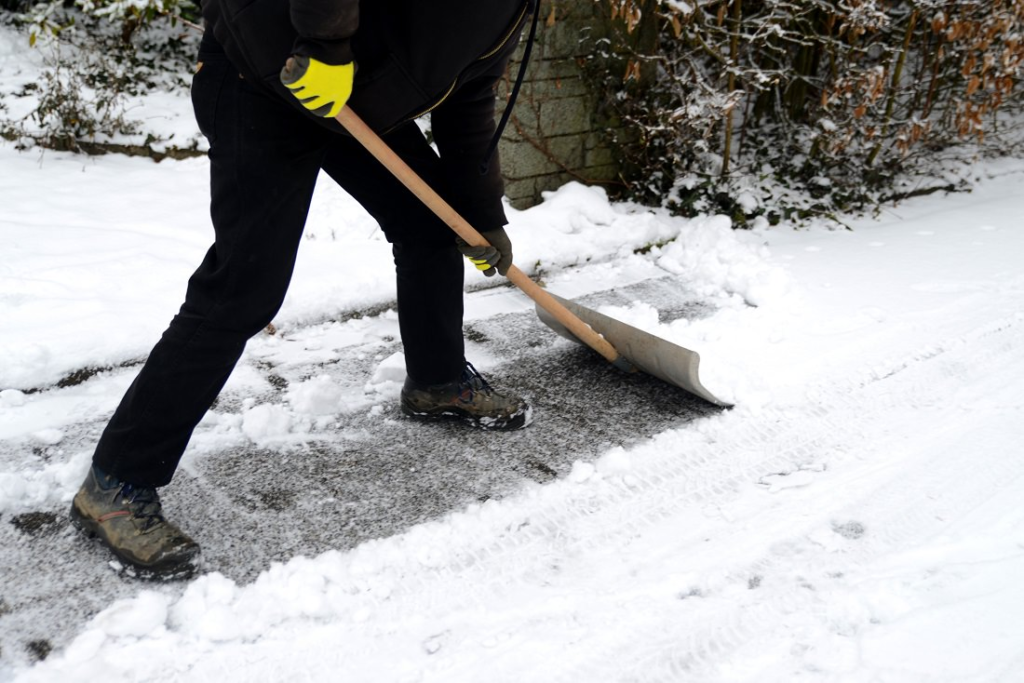
With snow and ice piling up, you may be tempted to turn to harsh road salt and other chemicals to combat slippery surfaces.
You’re not alone—but before you head to the hardware store, consider these green alternatives (the Earth and your pets will thank you).
Driveways and walkways
Sand: While not the best at melting the snow, sand provides increased traction on surfaces, and can help your card from getting stuck in a snow pile.
Sugar beet juice: The juice from sugar beets is an even better ice-melter than salt, and is much easier on plants and metal surfaces.
Coffee grounds: Like sand, the grainy texture of coffee grounds works wonders at providing increased traction on surfaces. It also is slightly better at melting snow and ice because of its dark color (which attracts more sunlight).
Pickle brine: It might seem like this isn’t a very salt-free alternative, and you’re right. But when mixed with water, pickle juice has a similar effect as sugar beet juice, only with less staining power, and is still safe for plants and animals (and won’t corrode sensitive surfaces).
Windows and delicate surfaces
Vinegar-water: Combine three parts white vinegar with one part water, and you have yourself the ultimate window de-icer. Spray on car windows if you’re in a hurry to defrost.
De-icer
A popular and relatively safe DIY de-icer uses dish soap and rubbing alcohol diluted in water.
If you must use a commercial de-icer, magnesium chloride and calcium chloride are slightly less harmful to plants (and work at much lower temps) than rock salt (sodium chloride). Urea can work as a de-icer, too. Used sparingly, urea can be beneficial as a fertilizer. But it can also lead to eutrophication in downstream waters and burn plants at higher concentrations.
The EPA maintains a list of de-icers that meet their Safer Choice Standards. These Safer Choice standards do not guarantee absolute safety to humans, pets, and the environment. But they do exclude the most harmful ingredients while assuring comparable product performance.
Traction
Before reaching for de-icer, consider materials like sandbox sand or kitty litter that won’t melt ice but can provide traction. Fireplace ash is another choice; depending on your soil type, this could be beneficial to your plants. Alfalfa meal is another material that may serve as a fertilizer while also providing traction.
Be the Good Neighbor!
Elderly or physically limited neighbors can’t apply your new de-icing knowledge without risking injury. About 100 Americans die shoveling snow every year. If you can make the time, offer to help clear a neighbor’s sidewalk to help prevent falls or worse. It’s a great way to establish a new relationship and make your community a better place.
Where there’s a will, there’s a way, and there a plenty of people finding a way to remove snow and ice inventively without the use of harsh chemicals.
Learn more about EvCC Sustainability! www.everettcc.edu/green
Mariya Zelenskyy – Media and Outreach Coordinator sustainability@everettcc.edu
